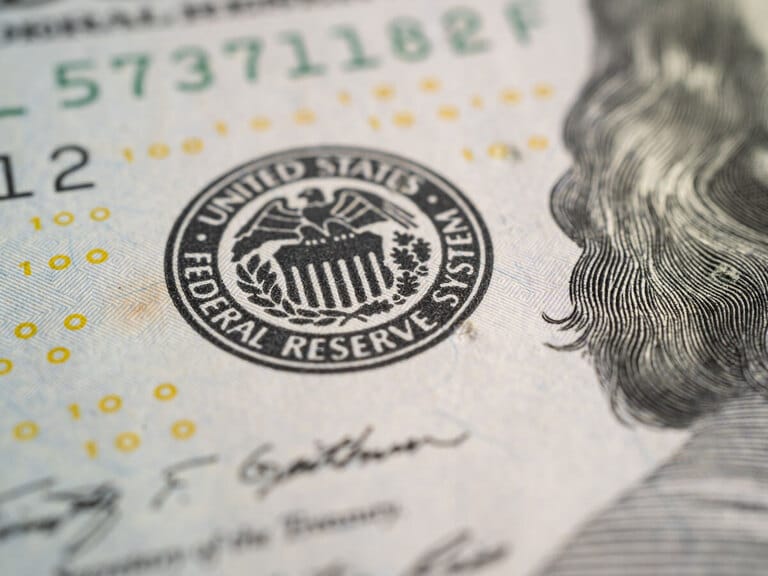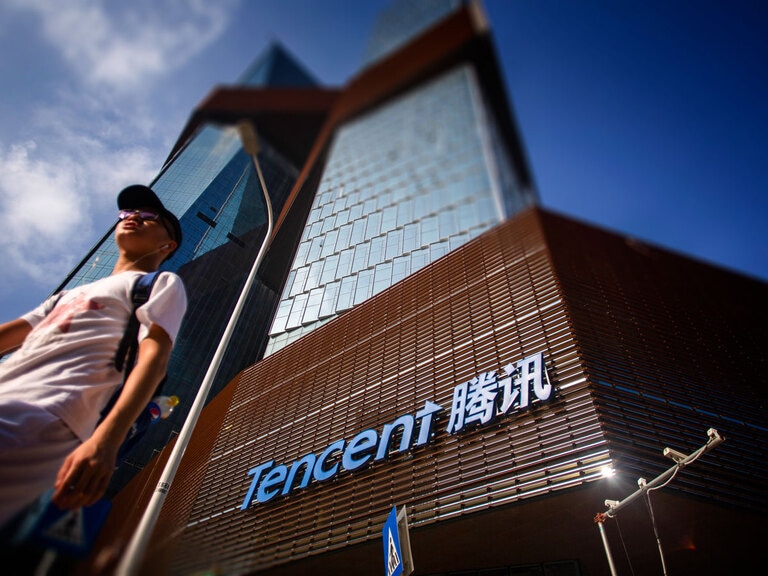Ashmore Group’s [ASHM.L] share price has taken a beating this year. The asset manager best-known for specialising in emerging markets has seen outflows mount as investors pull funds. This week’s upcoming fiscal full-year results will offer a glimpse on how the company is faring in these uncertain times.
Ashmore’s share price has fallen a steep 31% so far this year to close 26 August at 199.1p. Even more worrying is the fact that Ashmore’s stock is trading at around 2010 levels.
Bad news should arguably already be priced into the Ashmore stock, but that hasn’t stopped further declines. Since 15 August, the company’s share price has plummeted more than 15% as a gloomier outlook for economies across the globe spooks investors.
Not helping investor confidence is the fact that the stock is one of the most-shorted in the UK. Blackrock, GLG Partners and Point 72 all have positions against the asset manager. At the start of August, the amount of shorted Ashmore shares stood at 4.72%.
What to look out for in upcoming results
In July, Ashmore’s share price tanked as it reported outflows of $6.6bn in the quarter ending June 30. Assets under management (AUM) fell $14.3bn to $64bn as the asset manager’s exposure to emerging markets came home to roost.
AUM was down across all investment themes in the quarter. The worst performer was the local currency investment theme, which invests in assets in a country’s own currency rather than US dollar or euro.
Ashmore pointed to risk-aversion across global asset classes, with emerging market indices having fallen between 6% and 16% over the quarter. The net effect was investors moving away from riskier assets leading to substantial outflows.
Despite the gloom Ashmore was hopeful, saying that ‘leading indicators across Emerging Markets continue to point to a slowdown in growth rather than an outright recession’. The asset manager added that after 18 months of monetary policy tightening there were some ‘exceptional valuations’ and ‘attractive opportunities’ in emerging markets for long-term investors.
In the upcoming results, investors will want an update on these opportunities, along with a reduction in outflows and news on how Ashmore might mitigate risk.
Why are emerging markets a problem for Ashmore Group?
Only last year it was speculated that emerging markets were going to mount a comeback following the pandemic. That hasn’t happened and these markets have suffered a combination of problems this year. Russia’s invasion of Ukraine, China’s stalling economic growth and a strong dollar have all piled on the pressure.
Economies in low- and middle-income countries are also suffering from increases in the cost of borrowing thanks to the US hiking interest rates. According to data from JPMorgan Chase, emerging and developing nations burnt through $379bn in foreign reserves in June. A strong dollar and rising import bills for fuel and food are only going to hammer these economies further.
Where to next for Ashmore Group
The headwinds facing Ashmore look formidable in the short- to medium-term. In June cross border outflows by international investors from emerging market equities and bonds hit $10.5bn.
Ashmore’s share price could be a long-term opportunity thanks to its discounted price, but in the short-term the stock looks exposed to a fraught economic outlook. Investors thinking of piling into Ashmore’s stock should be mindful that this is very much a long-term investment. Upcoming full-year results should provide some clues on what the outlook looks like for the beleaguered asset manager
Of the 14 analysts polled by the Financial Times, the median price target is 225p, suggesting a 13% upside on 29 August close.
Continue reading for FREE
- Includes free newsletter updates, unsubscribe anytime. Privacy policy





